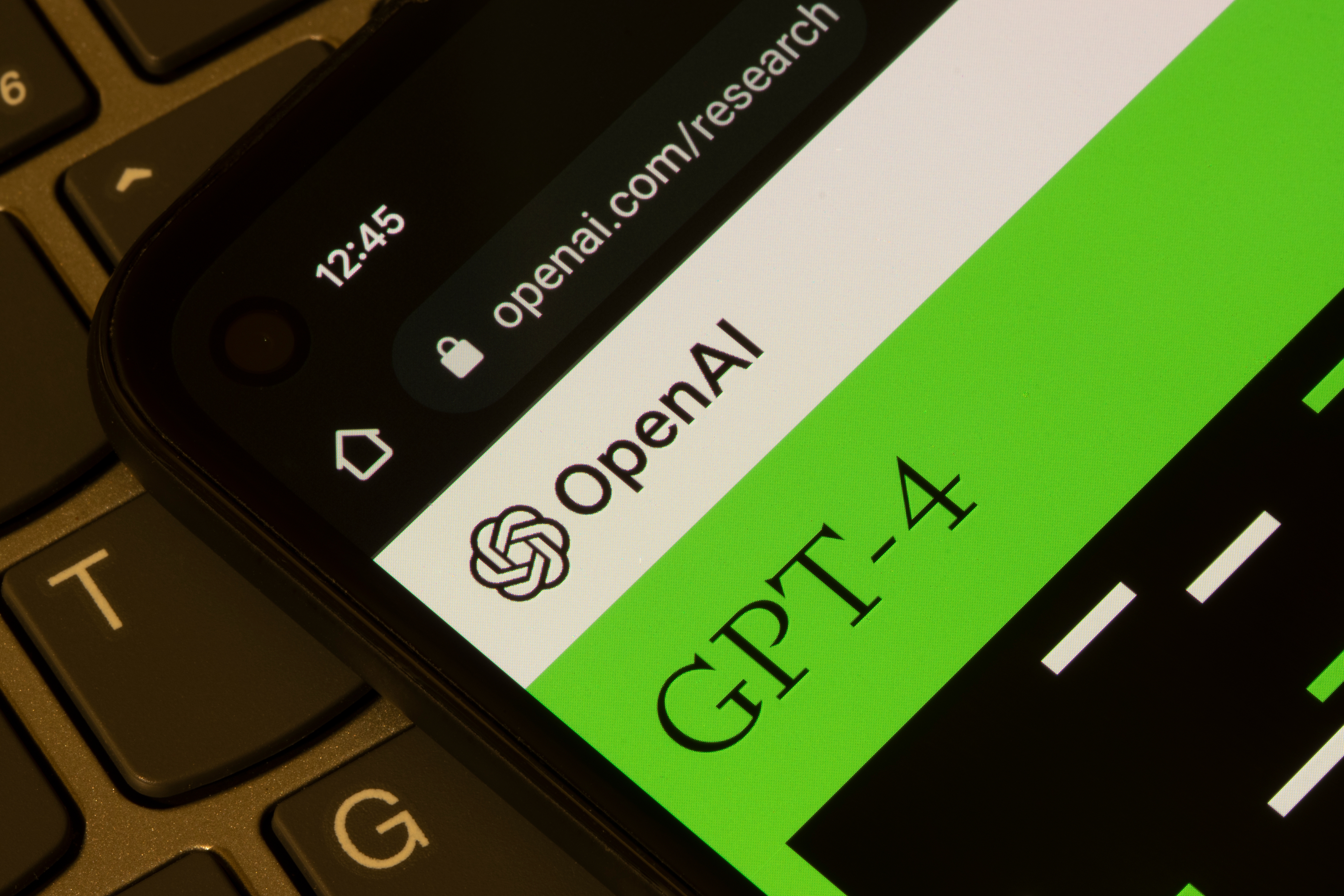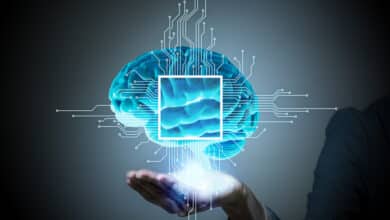Research Confirms GPT-4 Passes Turing Test Vitalik Buterin Comments

Key Insights:
- Vitalik Buterin confirms GPT-4’s Turing test success, marking a pivotal moment in AI’s ability to mimic human conversation.
- University of California San Diego research shows GPT-4 deceives humans 56% of the time, suggesting significant strides in AI capabilities.
- Despite passing the Turing test, GPT-4’s achievement does not equate to artificial general intelligence, highlighting ongoing AI development challenges.
Ethereum co-founder Vitalik Buterin recently announced that OpenAI’s GPT-4, a generative AI model, has successfully passed the Turing test. This milestone was referenced by Buterin in response to new research suggesting that most people can no longer distinguish between human and AI-generated conversations.
The Turing test, introduced by mathematician Alan Turing in 1950, is a benchmark designed to evaluate an AI system’s ability to exhibit human-like conversational behavior. According to Turing’s original proposition, an AI system that can generate text indistinguishable from that produced by a human demonstrates a form of “thought.”
The test involves human evaluators interacting with both humans and AI models without knowing which is which. If the AI system successfully convinces a number of evaluators that it is human, it is considered to have passed the Turing test.
Recent Research Findings
Researchers from the University of California San Diego conducted a study to assess GPT-4’s performance in a Turing test. The study involved approximately 500 human participants who engaged in blind interactions with both humans and AI models, including GPT-4. The results indicated that participants mistook GPT-4 for a human 56% of the time. This suggests that GPT-4 successfully fooled more than half of the test subjects into believing they were conversing with a human.
Vitalik Buterin interpreted these findings as evidence that GPT-4 has effectively passed the Turing test. He noted that GPT-4’s ability to be mistaken for a human more often than not indicates a significant achievement in AI development.
Vitalik Buterin’s Perspective
Buterin elaborated on the significance of these findings, stating that an AI system that can deceive more than half of the humans it interacts with can be considered to have passed the Turing test.
He remarked,
“It means people’s ability to tell if it’s a human or a bot is basically a coin flip.”
Buterin also addressed potential skepticism by acknowledging that humans were identified as humans 66% of the time compared to 54% for bots, but he emphasized that the 12% difference is minimal. In practical terms, this minor discrepancy suggests that GPT-4’s conversational abilities are remarkably close to those of humans.
Distinguishing Between Turing Test and AGI
The Turing test is often confused with the concept of Artificial General Intelligence (AGI), although the two are not synonymous. AGI refers to an AI system with the ability to perform any intellectual task that a human can, encompassing a broad range of cognitive functions. In contrast, the Turing test specifically measures an AI’s ability to mimic human conversation convincingly.
Despite passing the Turing test, GPT-4 needs to meet the criteria for AGI. AGI implies a level of cognitive function and understanding far beyond current AI capabilities, including those of GPT-4. Nonetheless, passing the Turing test marks a significant development in AI, demonstrating advancements in creating more human-like interactions.
Broader Implications of the Turing Test Milestone
The successful performance of GPT-4 in the Turing test has broader implications for the field of AI. It showcases the progress made in developing AI systems capable of sophisticated and natural language interactions. This milestone also sparks discussions about the future roles of AI in various sectors, including customer service, education, and entertainment, where human-like conversational abilities are highly valued.
As AI continues to evolve, the distinction between human and machine interactions may become increasingly blurred. This development raises important ethical and societal questions about the integration of AI into daily life and its potential to influence human behavior and decision-making.
Editorial credit: Tada Images / Shutterstock.com
Tokenhell produces content exposure for over 5,000 crypto companies and you can be one of them too! Contact at info@tokenhell.com if you have any questions. Cryptocurrencies are highly volatile, conduct your own research before making any investment decisions. Some of the posts on this website are guest posts or paid posts that are not written by Tokenhell authors (namely Crypto Cable , Sponsored Articles and Press Release content) and the views expressed in these types of posts do not reflect the views of this website. Tokenhell is not responsible for the content, accuracy, quality, advertising, products or any other content or banners (ad space) posted on the site. Read full terms and conditions / disclaimer.







